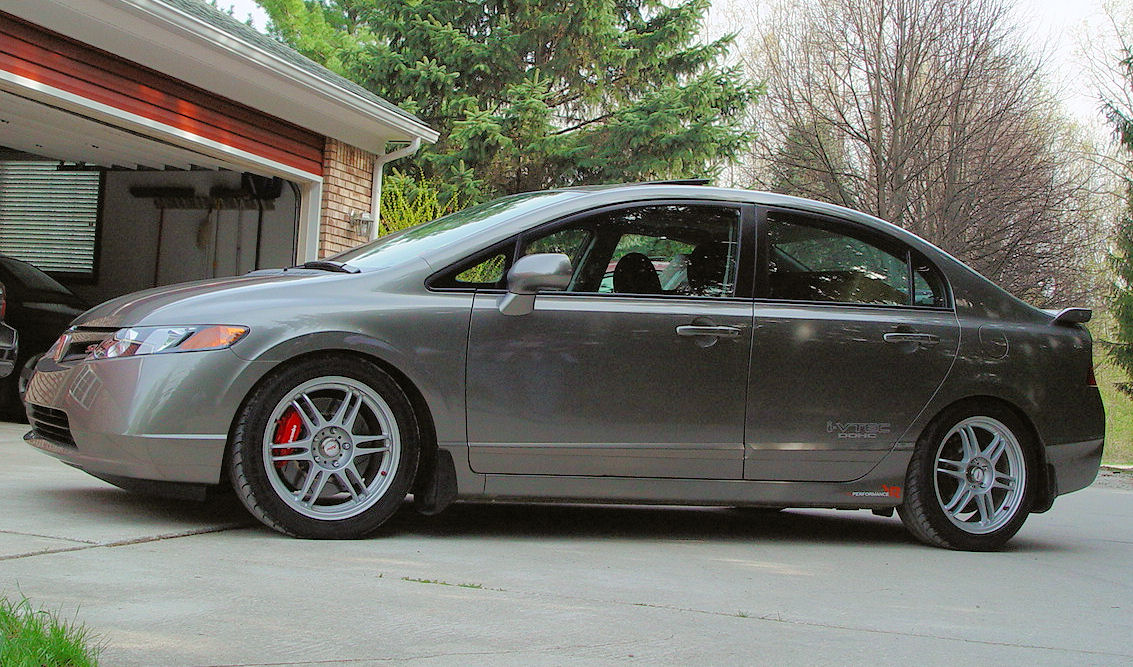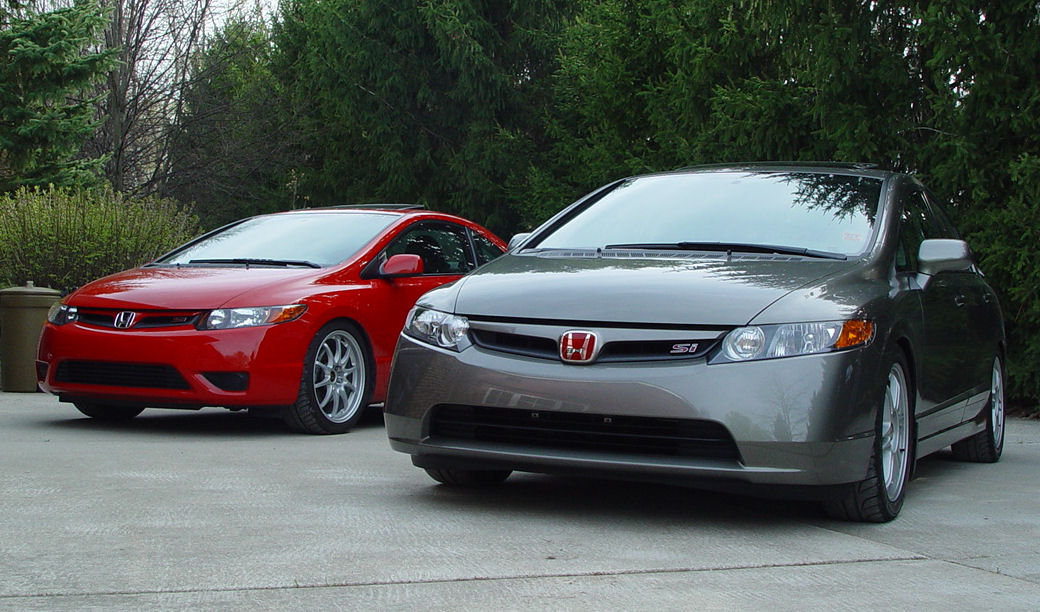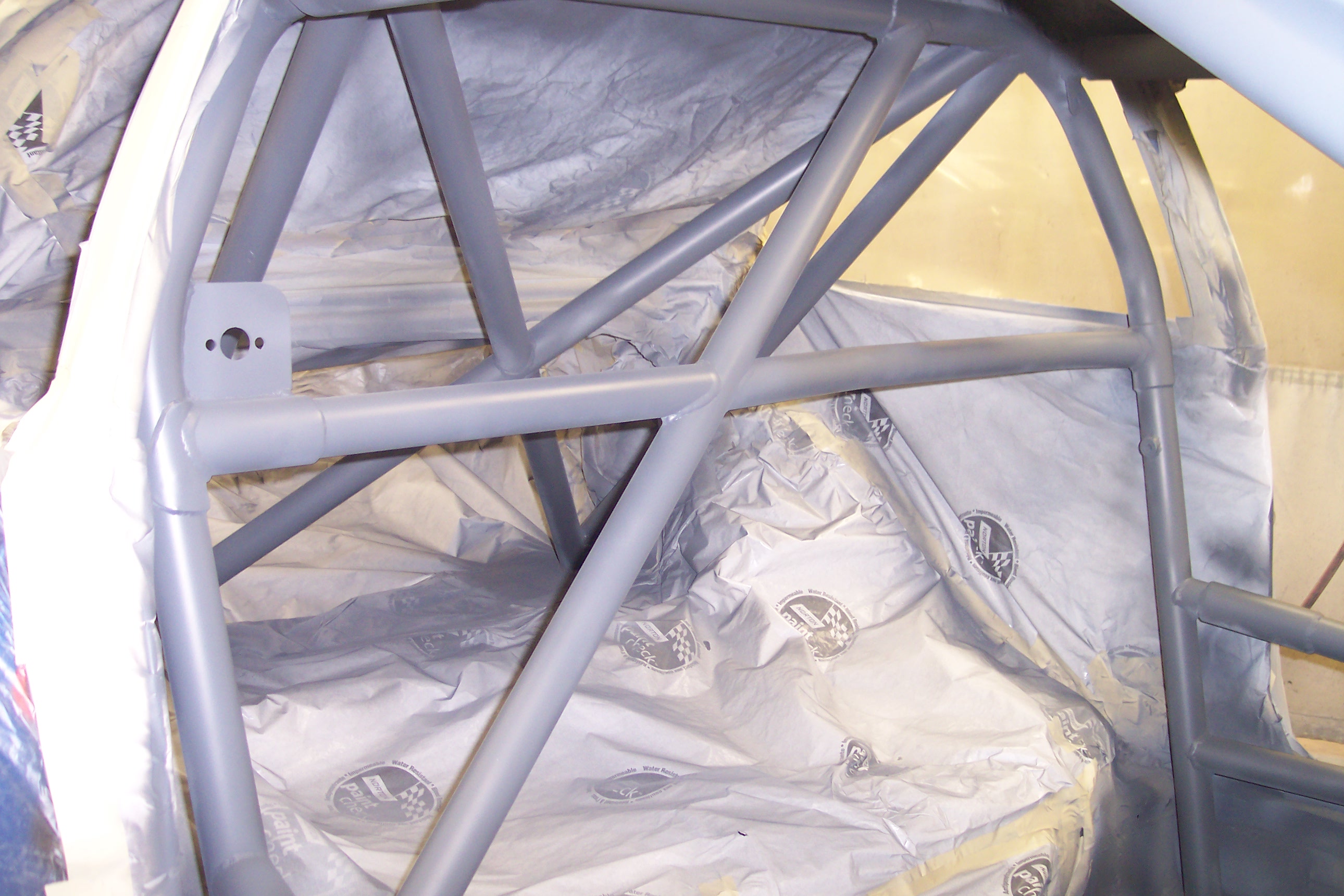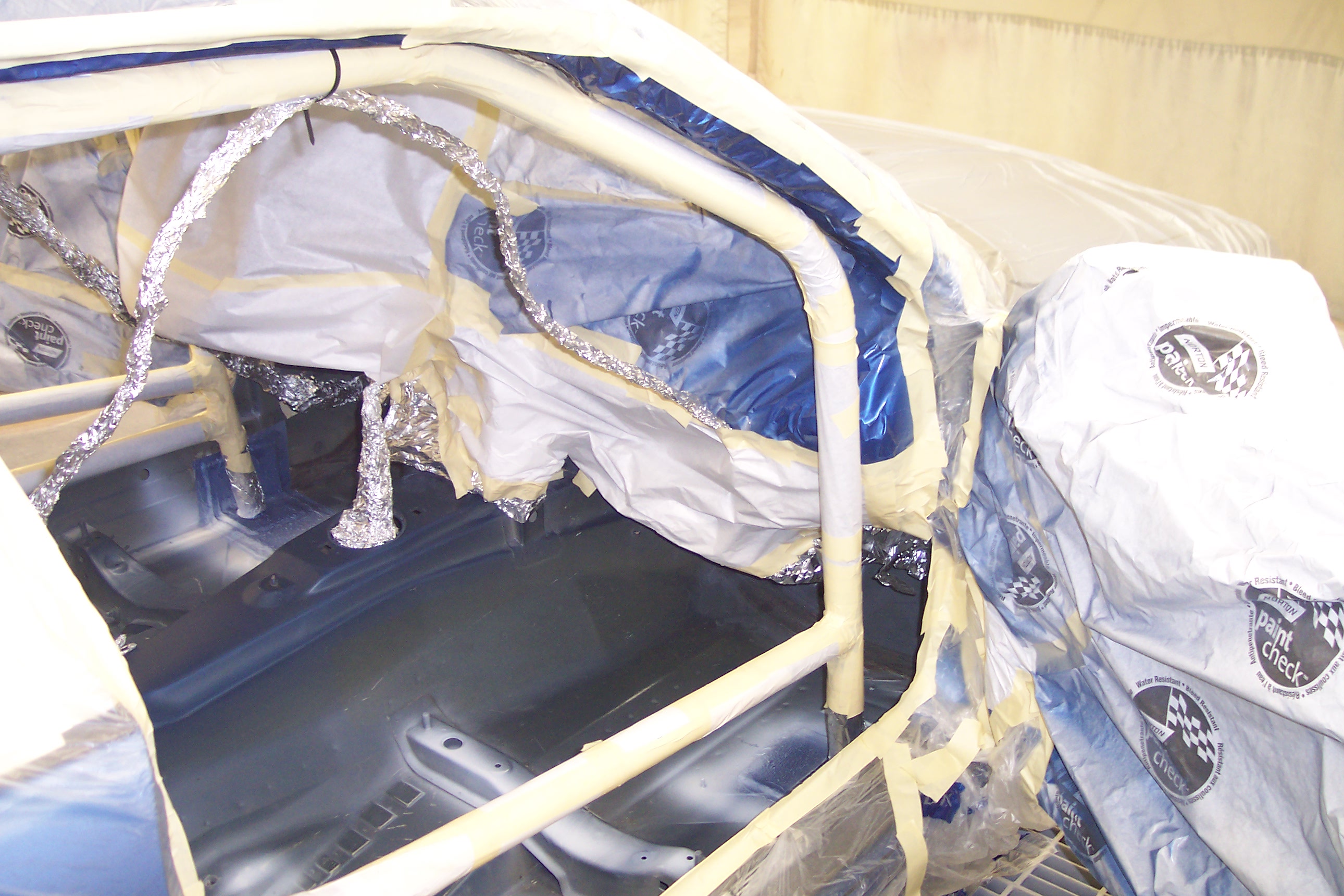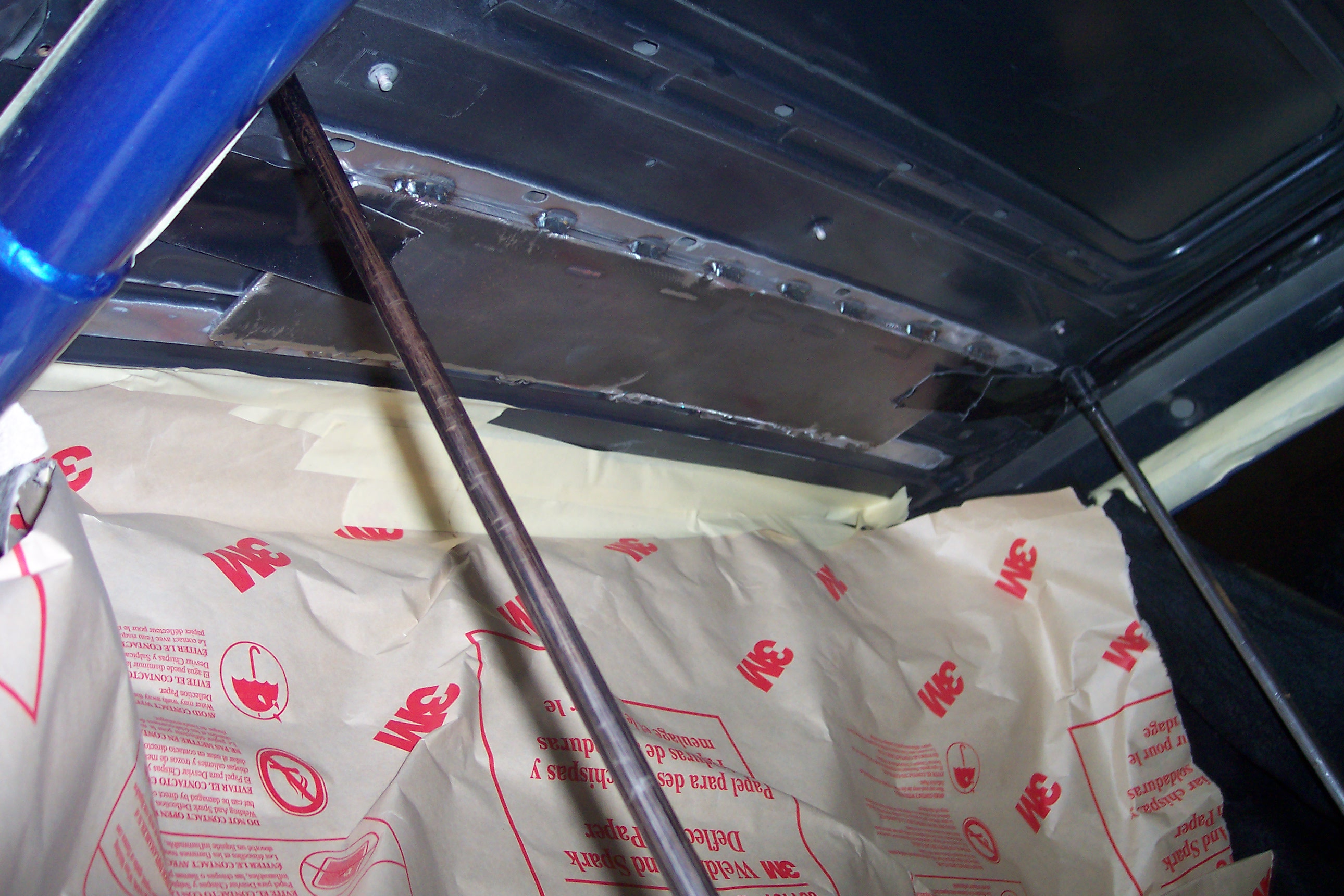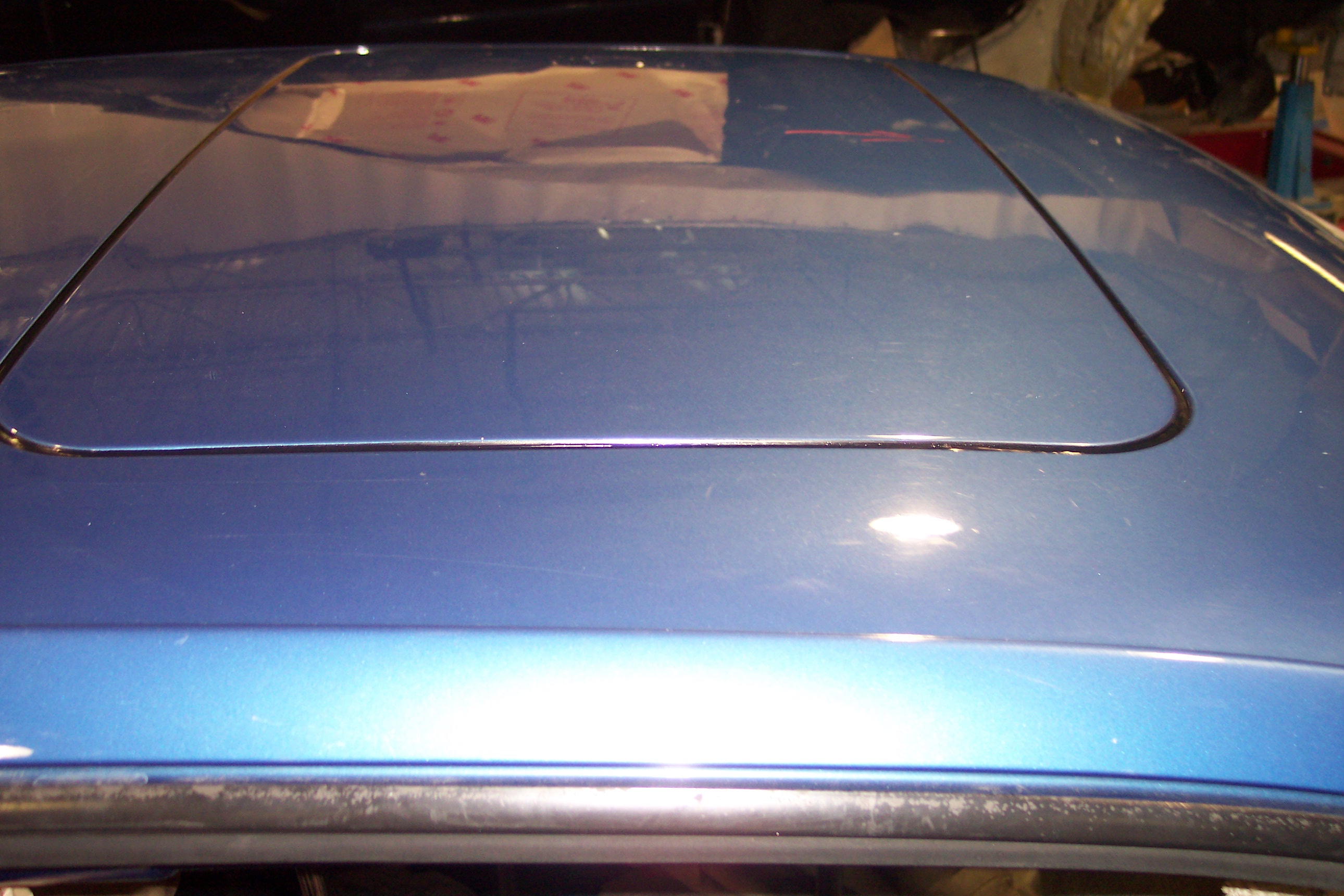Handling the Power (Si part 4)
In the final installment (for now) of the Civic Si project we tackle the suspension. The suspension really is the most important aspect in the overall performance of the vehicle. All the power in the world doesn't help if you can't control it. You want the four tire's contact patches touching the ground in as balanced a fashion as possible, controlling the car's motion. A good suspension set-up works with the tires and the road to provide the best possible grip in all conditions when accelerating, cornering and braking. Its mission is to keep the wheels planted and the body stable. We specified the best TEIN kit available, the "Driving Spec Control Master Type Flex" coil over system with "Electronic Damping Force Controller" (EDFC).
We found the quality of the components to be very high. The kit came with everything required for the installation, including special lock-tite, tools and a very extensive installation manual (at least for the mechanical bits).
Here is a close up of the camber/caster plates-- once installed you'll never see them again thanks to the A pillar design of the new Civics.
This is a detailed look at the rear springs and height adjustable spring perches.
And finally, the EDFC that controls the damper rates.
We went with the EDFC upgrade because of the shock tower access problems associated with the Civic's design. Utilizing electric servo motors attached to the tops of the damper, the owner can quickly and easily adjust the damper rates from inside the car. The only downside was that it added to the installation time (and cost) because TEIN did not provide any sort of clue as to how and where the cables were to be run.
Here is a shot of the front camber plate, coil-over and servo motor installed.
And this is what we had to disassemble to properly install the front components.
We also had to de-trim the trunk and interior to run the cables from each corner to the EDFC in the center console.
In the end, all the time and effort was worth it. This Si is now the class of the field with its new intake and exhaust, new Brembo brakes and TEIN suspension.
Here are the owner's first impressions:
One guy at a stoplight nearly got out of his car looking at us and stayed at the light momentarily as I took off to get a full view. It does look good -- especially since the effect comes from performance cues not just bling.
Anyway, the car feels like a better car. By that I mean a more expensive car. I read in a review once that the new STi and EVO are basically $20K cars with $20K of add-ons. It's true. So my Civic is commensurately improved and I would bet with comparable power it would give the STi and EVO a challenge. Even with 200hp it seems now like it can run in the corners with almost anything. We'll see.
As it stands now, with just some brief street experience, the Si feels more planted and secure. The steering feel is very centered and communicative - you can add lock back and forth just like race cars warming up tires with very little wobble or wiggle. Nice.
The ride is stiff but in a good way like you said. I drove about 50 miles total and set the EDFC memory at 0, 10, and 16. In straight ahead driving it doesn't seem to make much difference in the ride. The springs take a bit to compress. There is a thump-thump on rough roads but never jaw slapping.
The damper settings seem, however, to make a pretty big difference in roll while turning. The turn-in is better than ever and the neutral feel in a long sweeper is now less floaty and more precise. I can't wait to experiment on the track.
